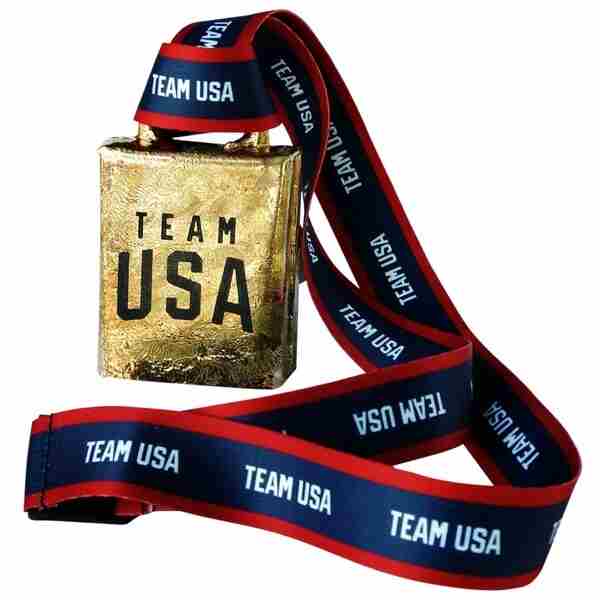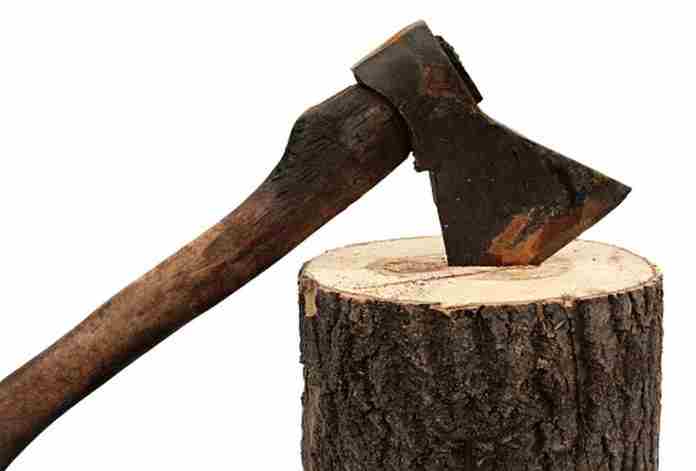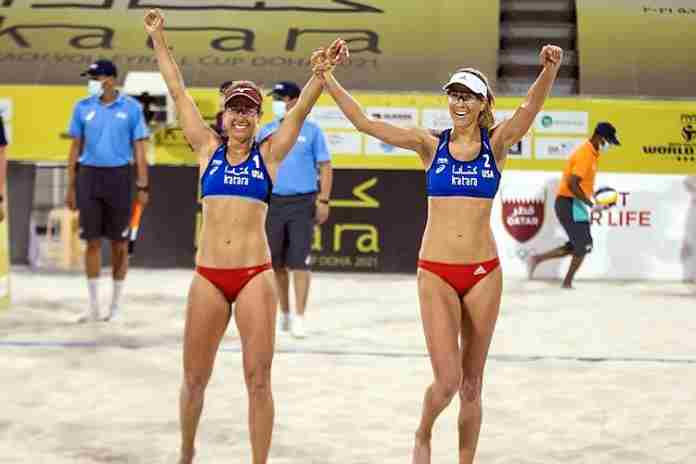The long-awaited regulations concerning acceptable forms of protest by American athletes at the Olympic and Paralympic Games … have not yet been issued.
The U.S. Olympic & Paralympic Committee announced today (30th) its “Participant Rules for Racial and Social Demonstrations,” a nine-page document that applies only to Olympic and Paralympic Trials events, to be held – of course – in the U.S.:
“The rules apply to all future U.S. Olympic & Paralympic Trials events and are not applicable to the Olympic and Paralympic Games, or any competition or forum outside of Trials venues. The International Olympic Committee and the International Paralympic Committee have jurisdiction over the Olympic and Paralympic Games and enforce Rule 50 and Section 2.2. The USOPC’s guidance for the Games will be published separately in the coming months once the IOC and IPC issue their policies.”
This is an exceedingly careful and clever step by the USOPC, an organization which is literally surrounded on this issue on four sides:
● By its named and potential Olympic and Paralympic athletes, some of whom have expressed a deep desire for demonstrations and protests, at least at the Olympic Games;
● By the U.S. Congress, which will have the power in seven months time to “dissolve” the USOPC Board by a Joint Resolution, and which has created a commission to study the USOPC (but still waiting for Sen. Maria Cantwell (D-Washington) to name her four appointees);
● By the IOC, which has telegraphed that the findings of its Athletes’ Commission will recommend no protests be allowed during victory or other formal ceremonies events at the Games, but will likely liberalize other “expression” opportunities;
● By American fans, who – in a politically divided country – may or may not tolerate athlete protests at the Games.
Further, by seeing the reaction of all four of these groups to the Trials regulations, the USOPC Board can gauge its next steps once the IOC’s own revision – if any – to Olympic Charter Rule 50 (which bans all protests and demonstrations) if made later this spring.
The new Trials regulations state “Racial and Social Demonstrations (as defined below) will not be punished or undermined by the USOPC, nor will they affect an athlete’s participation rights at a U.S. Olympic or Paralympic Trials event” and elaborated further as:
“As a general matter, Demonstrations are not permitted at Trials Venues. However, Participants may engage in [Racial and Social] Demonstrations at Trials Venues. A Participant’s choice to engage in an R&S Demonstration at a Trials Venue will not impact team selection, team participation, or results, to the extent it is within the control of the NGB or the USOPC. …
“If a Participant engages in a Demonstration that includes Impermissible Elements at a Trials Venue, then the USOPC will determine a proportionate consequence for the violation of these Rules, which may range from a warning to removal or disqualification, based on the severity of the violation. The USOPC will also determine, on a case-by-case basis, proportionate consequences for Other Demonstrations.”
There is a detailed procedure for reporting, weighing and deciding on any possible sanctions once reported. The questions will come from the definitions of acceptable protests; the document defines “Racial and Social Demonstrations” as:
“A Demonstration, which does not include any Impermissible Elements, that is aimed at (1) advancing racial and social justice; or (2) promoting the human dignity of individuals or groups that have historically been underrepresented, minoritized, or marginalized in their respective societal context.”
The document specifically includes in this definition:
● “Wearing a hat or face mask with phrases such as ‘Black Lives Matter’ or ‘Trans Lives Matter’ or words such ‘equality’ or ‘justice’.”
● “Orally advocating for equity/equal rights for Black, Indigenous, and People of Color (BIPOC) individuals, or other historically underrepresented, marginalized or minoritized populations.”
● “Holding up one’s fist at the start line or on the podium.”
● “Kneeling on the podium or at the start line during the national anthem”
● “Advocating for equal treatment of underrepresented, marginalized, or minoritized groups around the world, or against systemic barriers to such equal treatment.”
● “Advocating for communities free from police violence, or against systemic police discrimination against Black individuals or other marginalized populations.”
Impermissible elements are defined as:
“Any element of a Demonstration that (a) advocates specifically against other people, their dignity, or their rights, which may include Hate Speech, Racist Propaganda, or threatening, abusive, or Discriminatory Remarks; (b) physically impedes or discourages Trials or medal ceremony participation by another Participant; (c) causes physical harm to others or to property; or (d) violates applicable laws. Impermissible Elements include, for example, the use of slurs, discriminatory remarks or gestures that denigrate, ridicule, or mock a person or persons based upon their race, ethnicity, gender, gender identity, sexual orientation, disability, economic status, nationality, or country of origin.”
Not surprisingly, the Confederate flag is considered impermissible. But impermissible conduct also includes “Protests aimed explicitly against a specific organization, person, or group of people.” How does that work in the case of protests in favor of the Uyghur minority in China, currently being horrifically oppressed by the Chinese government?
There are clearly some grey lines in the document and the USOPC offers both help and a warning in two footnotes:
● “No policy can provide specific or definitive guidance for every possible demonstration. If a Participant has a question about a particular demonstration or element of these Rules, they can reach out to USOPC Athlete Services at [email protected] to obtain guidance.”
● “The USOPC may review an athlete’s apparel and equipment before an athlete enters the Trials Venue to determine if any logos, markings, or other physical Demonstrations include Impermissible Elements or are Other Demonstrations.”
This rules document follows through on the USOPC’s commitment to issue rules well in advance of the Games, in this case for U.S. Olympic and Paralympic Trials events. The regulations themselves are part outlet valves for domestic interests, and part trial balloons to try and impact what is – at present – a losing position at the international level concerning the protest and demonstration rules for the Olympic and Paralympic Games.
You can receive our exclusive TSX Report by e-mail by clicking here. You can also refer a friend by clicking here, and can donate here to keep this site going.
For our 649-event International Sports Calendar for 2021 and beyond, by date and by sport, click here!

























